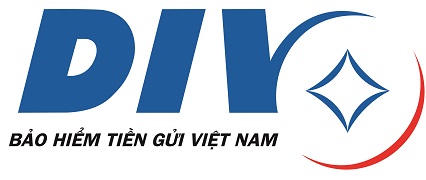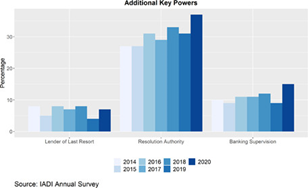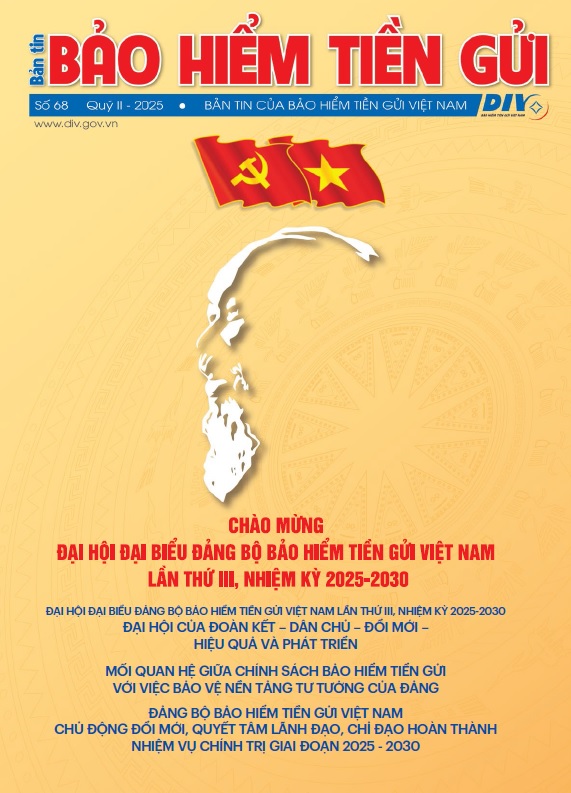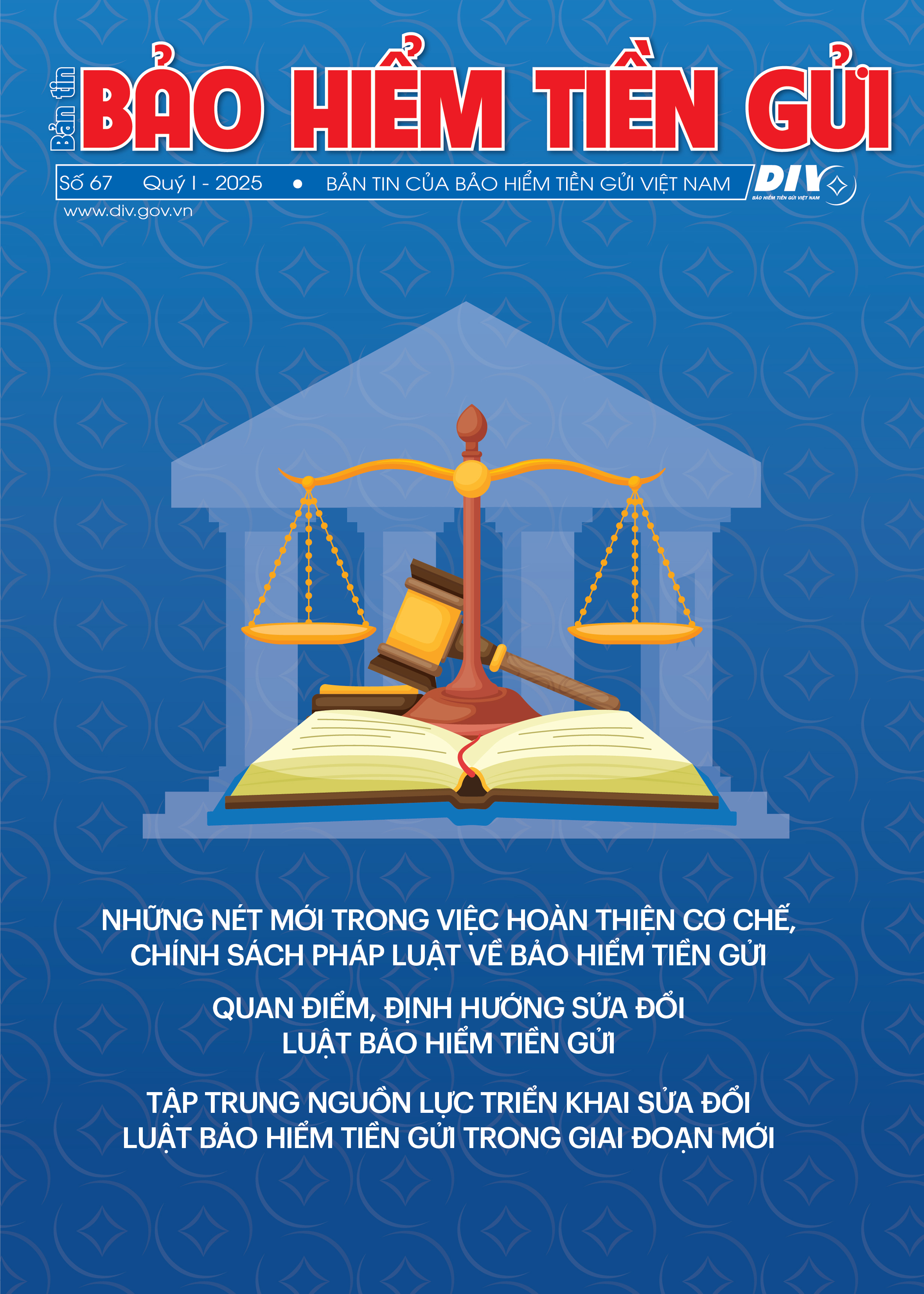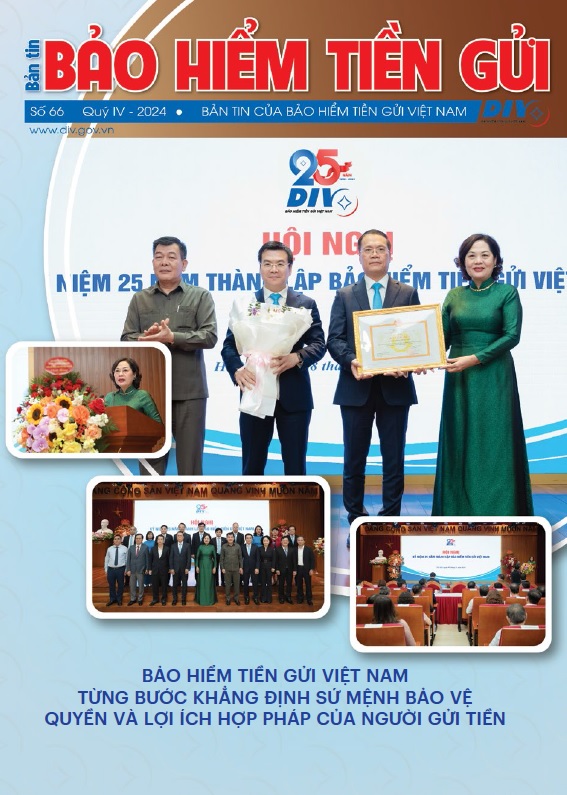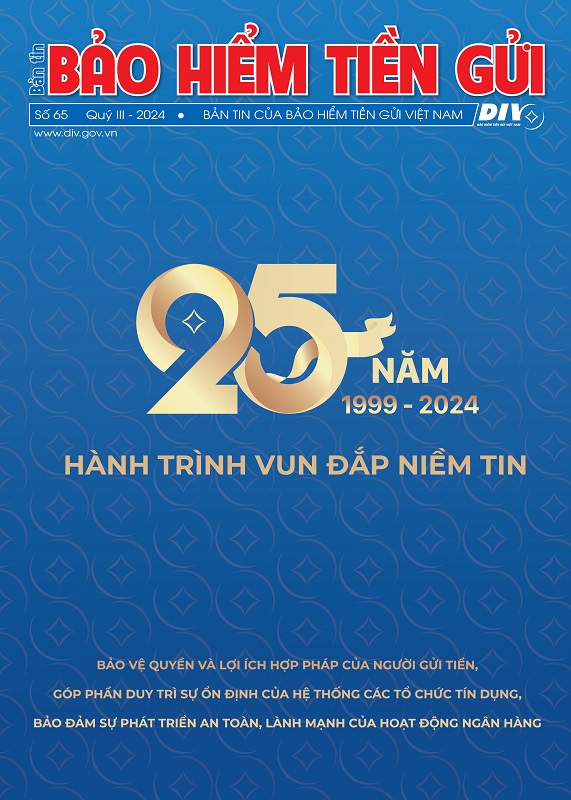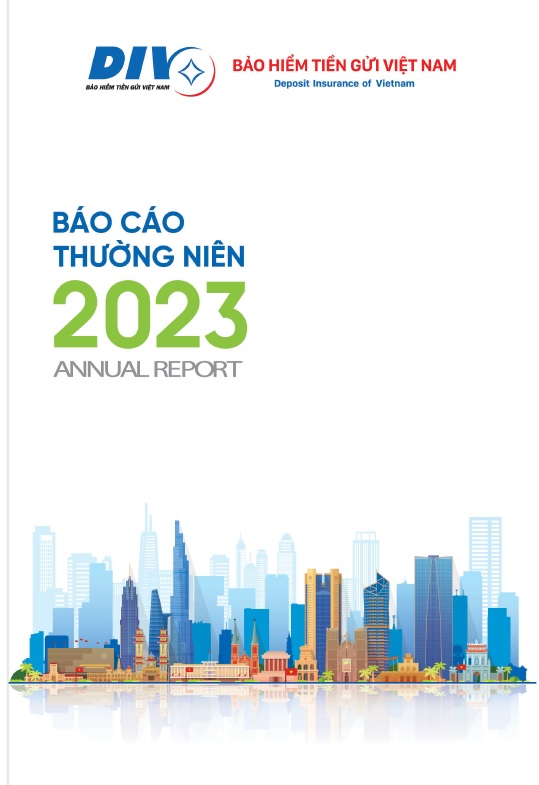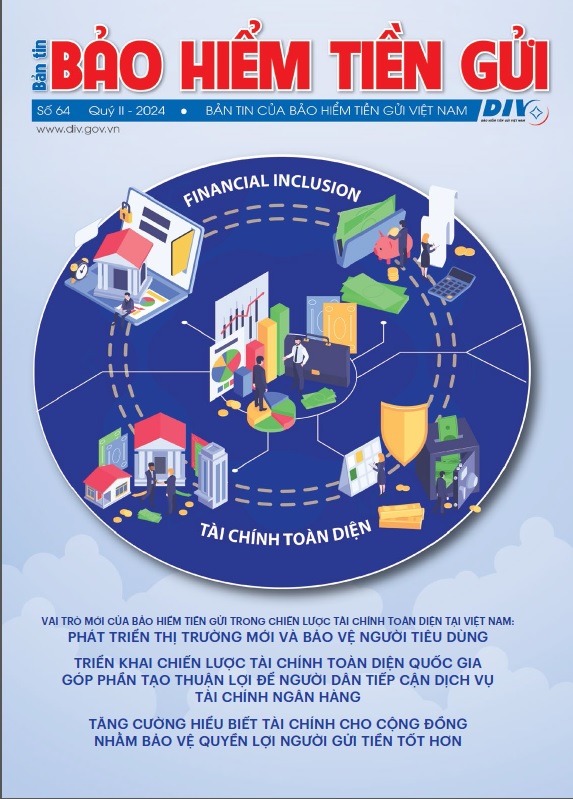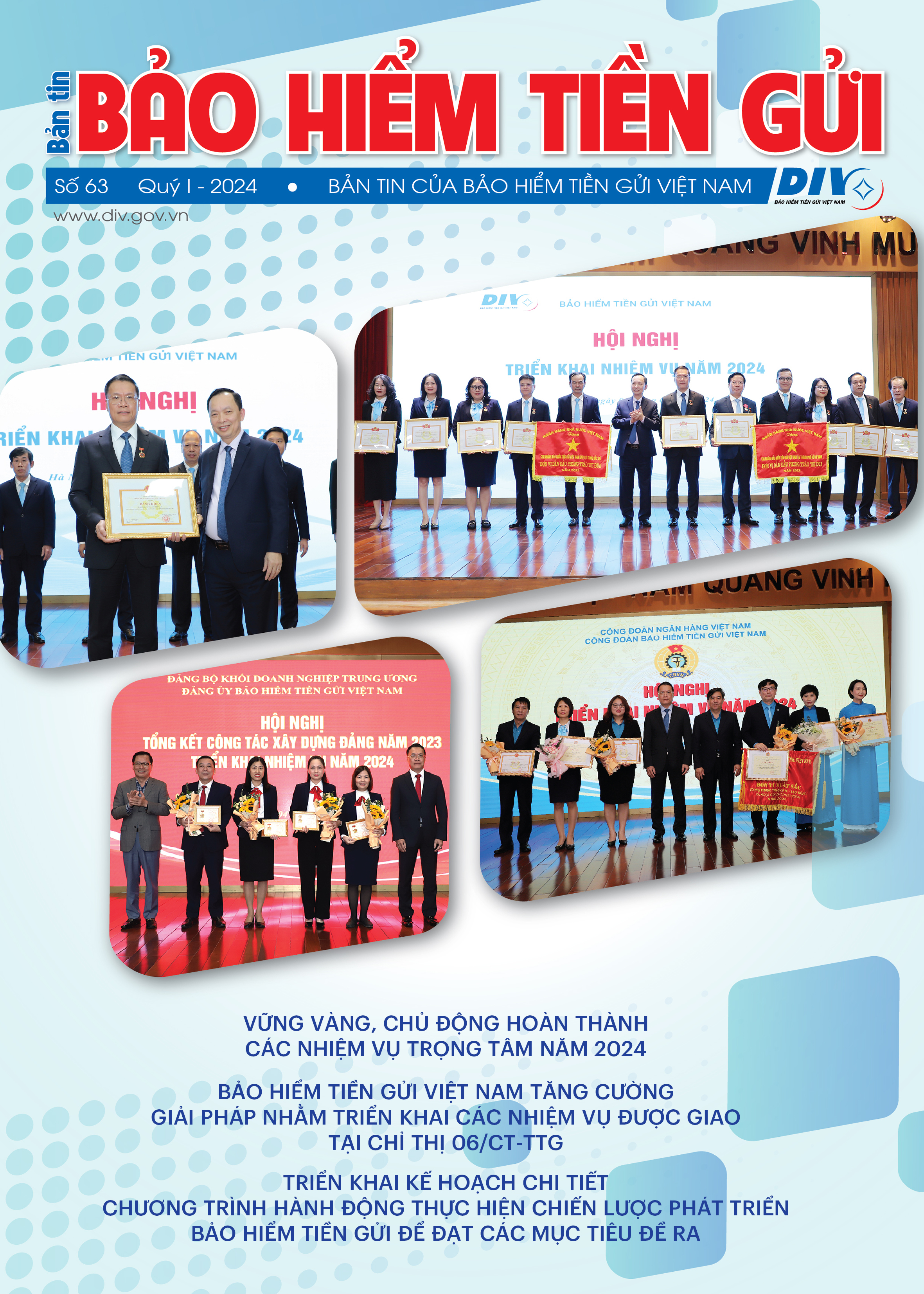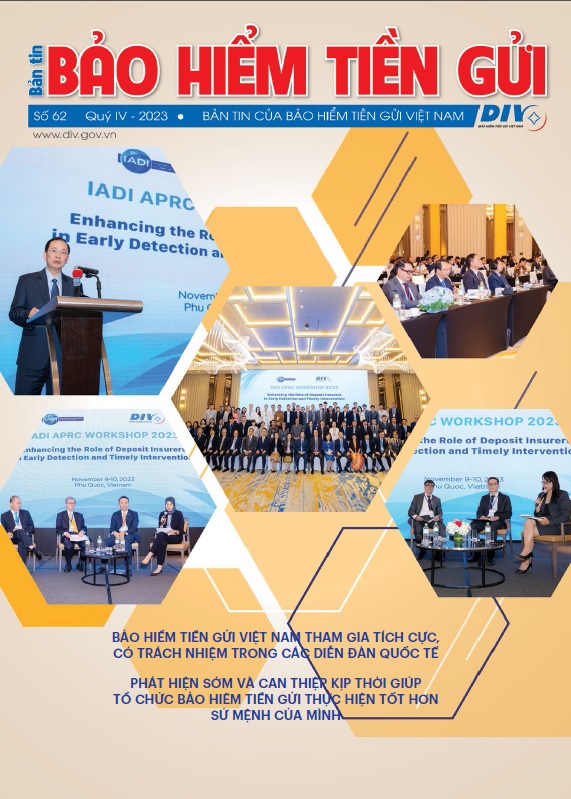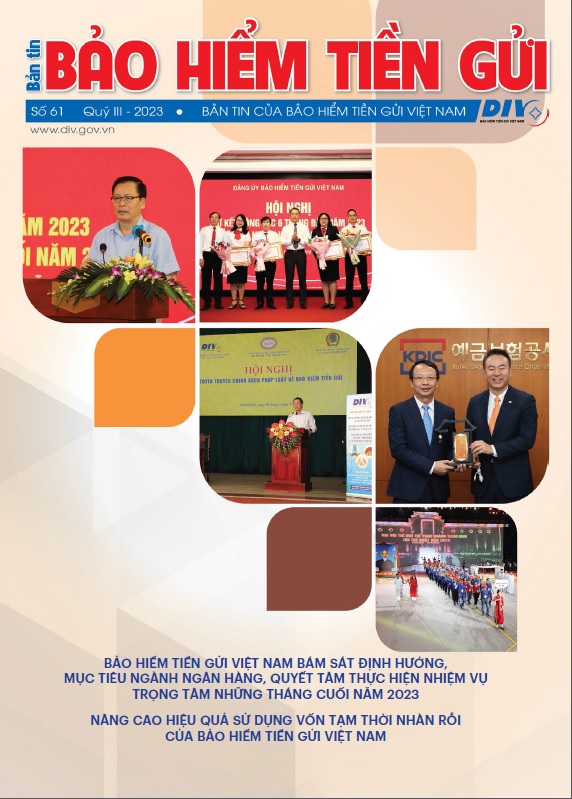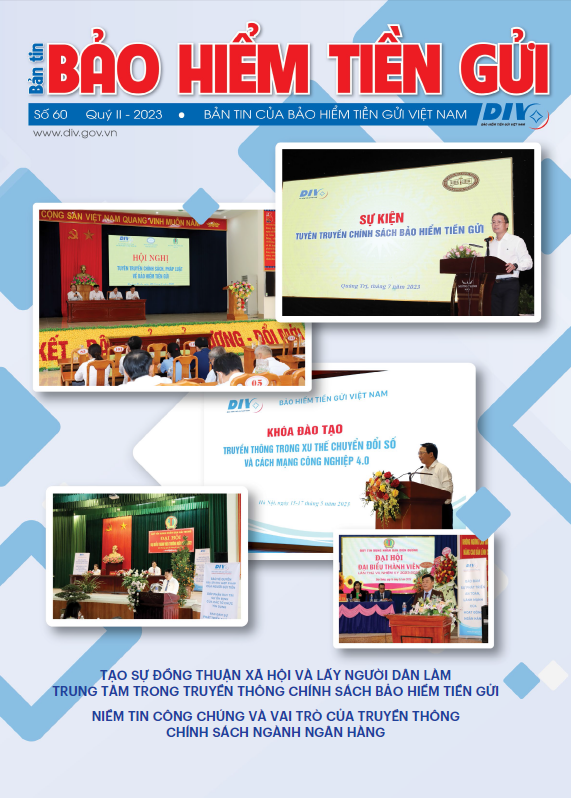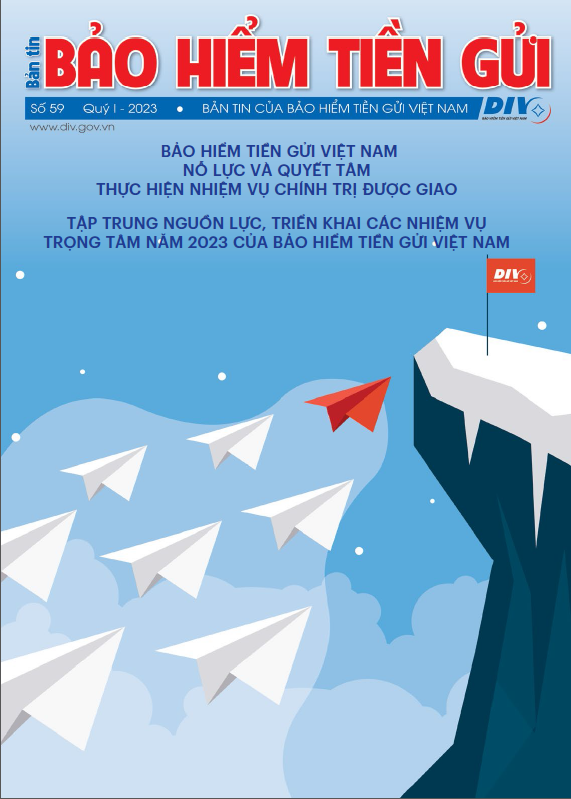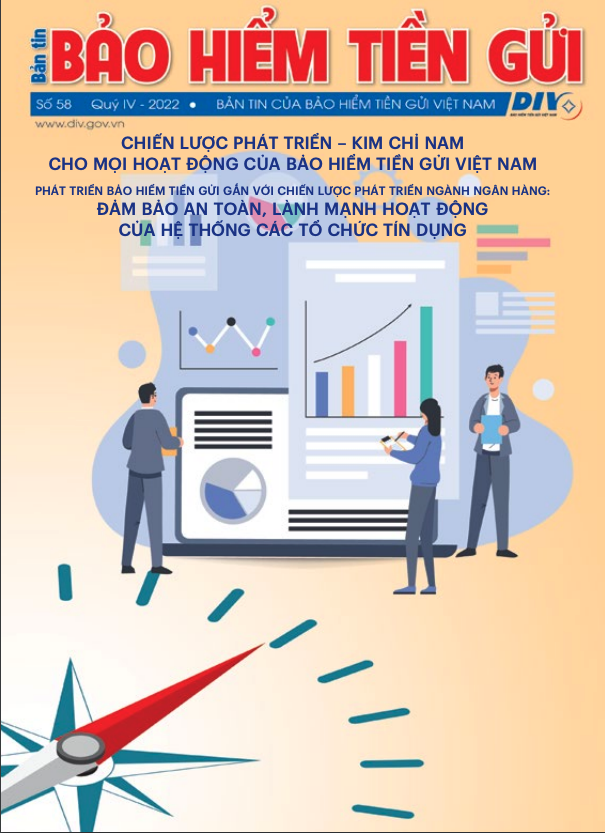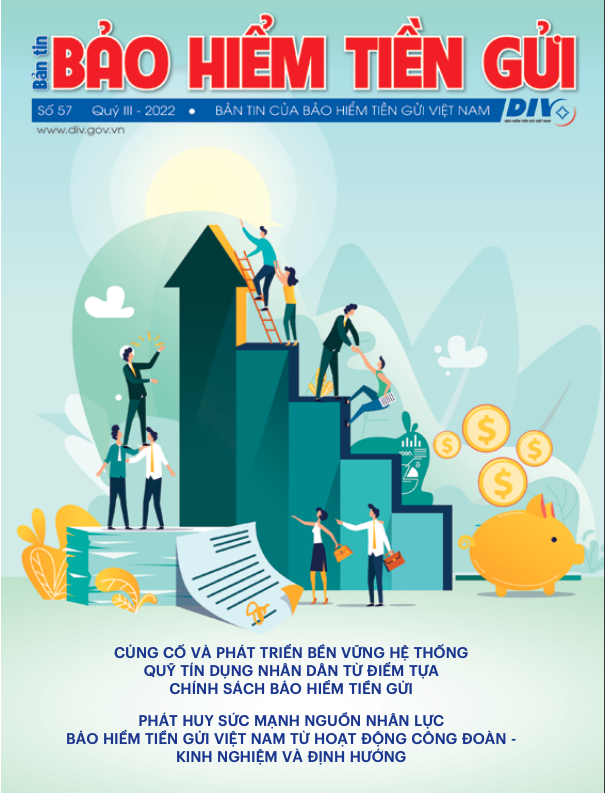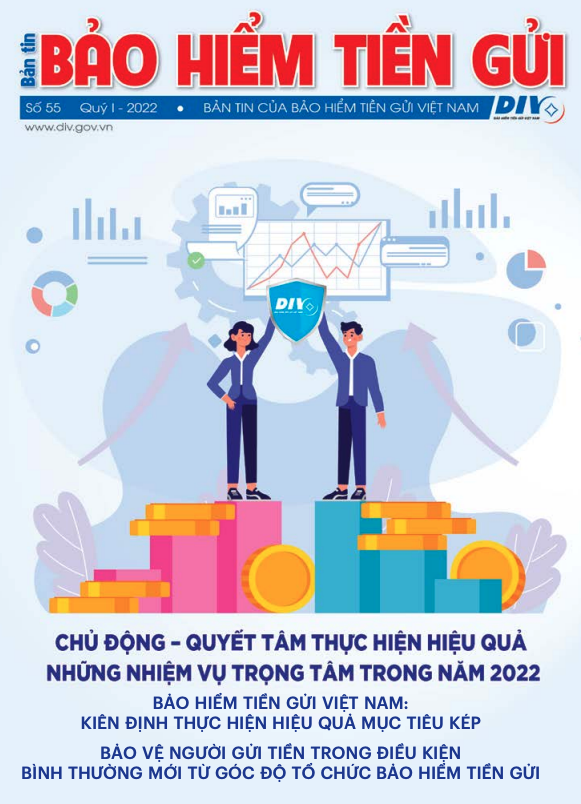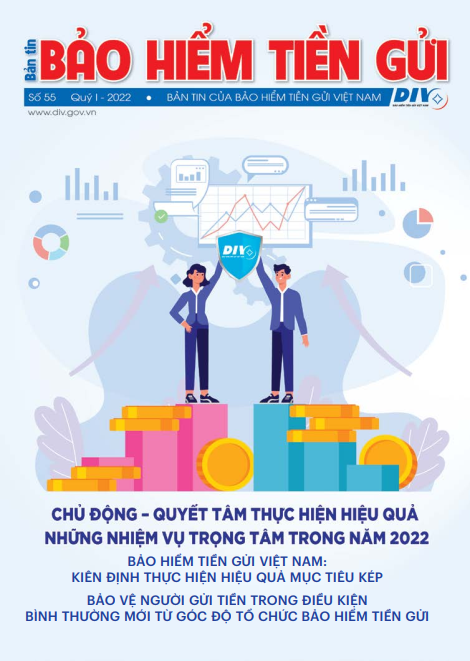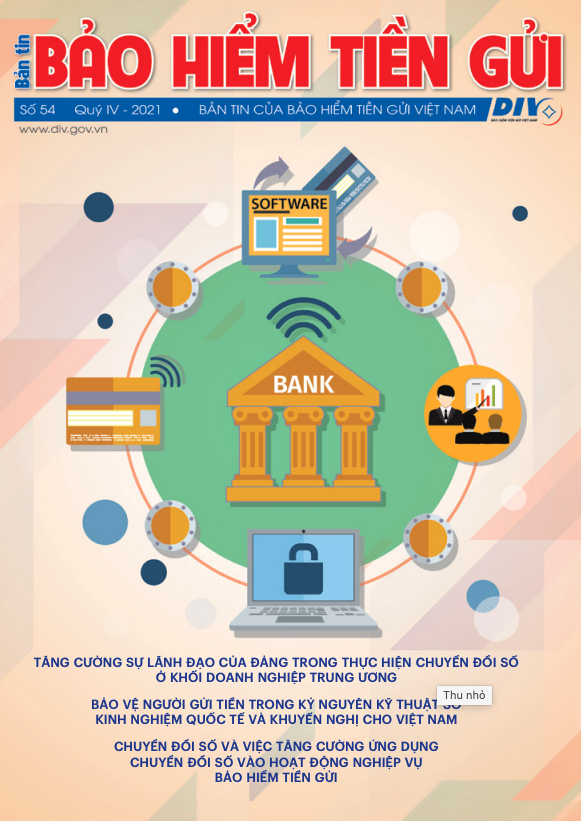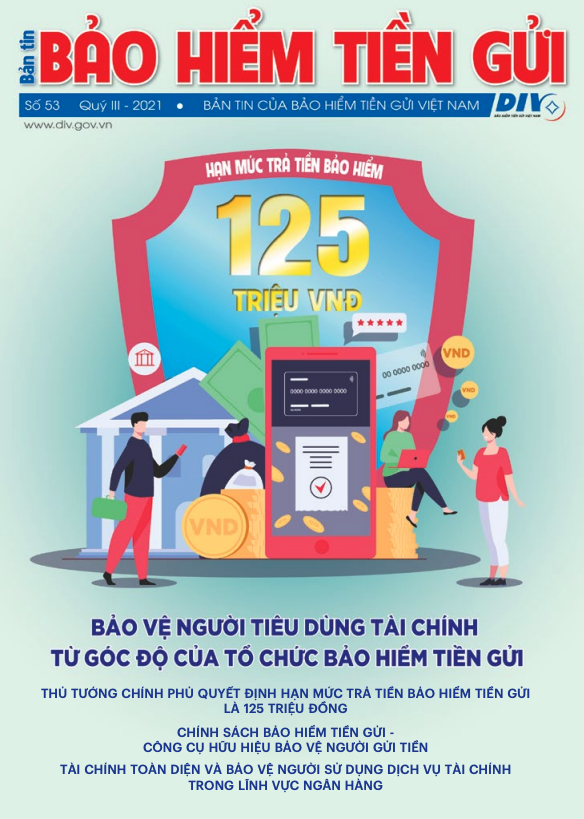At the meeting of the State Bank of Vietnam (SBV) with economic experts, the SBV Deputy Governor Pham Thanh Ha emphasized the pivotal role of the SBV in shaping the financial landscape of Vietnam. He indicated that over the past years, the State and Government have consistently directed the management of monetary policy towards the goal of controlling inflation, stabilizing the macro-economy, anti-dollarization, gradually shifting the relationship of foreign currency mobilization and lending to a buying and selling relationship, thereby enhancing the position of VND.
Accordingly, the SBV applied a ceiling interest rate on USD deposits of 1% per year for organizations in 2010 and 3% per year for individuals in 2011, then gradually adjusted it down to 0 % per year from the end of 2015.
The application of the 0% USD interest rate policy is a significant step towards stabilizing the foreign exchange market, anchoring exchange rate expectations, and enhancing the position of VND. This policy has led to a stable exchange rate and foreign exchange market, and a sharp decrease in the dollarization rate in the economy. The rate of foreign currency deposits out of total means of payment decreased from 11.06% in 2014 to about 6.05% in June 2024, and the rate of foreign currency credits out of total credit tends to decrease, painting a promising picture for the Vietnamese economy.
In addition, the application of the 0% USD interest rate policy has contributed to control dollarization, gradually shifting the mobilization-lending relationship to the foreign currency buying-selling relationship and enhancing the position of VND. Foreign currency mobilization sources have met the domestic foreign currency demand well, as shown by the credit out of foreign currency mobilization ratio of less than 100%, which decreased steadily over the years from 77.43% in 2016 to 52.65% by June 2024.
The application of the 0% USD interest rate policy has been widely praised by economic experts for its significant impact on the Vietnamese economy. It has effectively stabilized the exchange rate and foreign exchange market, reduced the dollarization rate, increased foreign exchange reserves in accordance with the policy set forth by the State, fought dollarization in Vietnam's territory, and protected the value of the Vietnamese Dong along with other macros goals.
To achieve this goal, it is necessary to coordinate the policies on interest rates, credit, inflation control, exchange rates, and deposit insurance. Deposit insurance is a crucial policy tool used by the Government and the SBV to strengthen public confidence in the credit institution system and protect the legitimate rights and interests of depositors. This creates a secure environment for credit institutions to operate and mobilize funds for development investment, promoting the sustainable development of the national economy.
According to Article 18 of the Law on deposit insurance: "Insured deposits are deposits in Vietnamese Dong of individuals deposited at insured institutions in the forms of term deposits, demand deposits, savings deposits, deposit certificates, promissory notes, treasury bills and other forms of deposits as prescribed by the Law on Credit Institutions, except for the types of deposits prescribed in Article 19 of this Law".
In addition, Article 19 of the Law on deposit insurance provisions that uninsured deposits include:
- Deposits at credit institutions of individuals who are members of the Board of Members, members of the Board of Directors, members of the Board of Supervisors, General Director, or Deputy General Director of that credit institution; deposits at foreign bank branches of individuals who are General Director, Deputy General Director of that foreign bank branch.
- Money to purchase anonymous valuable papers issued by public institutions".
Thus, foreign currency deposits are not subject to deposit insurance. This is consistent with the policy of anti-dollarization to stabilize the currency market and exchange rates set forth by the Government and the SBV. The regulation of non-insurance for foreign currencies aims to implement Vietnam's foreign exchange management policy and encourages people to sell foreign currencies to banks, thereby contributing to strengthening the use of Vietnamese currency in the country to protect the Vietnamese currency and protect the interests of the majority of depositors.
| According to statistics from the Ministry of Labor - Invalids and Social Affairs, there are currently about 6 million Vietnamese people living and working in more than 130 countries and territories and about 650,000 Vietnamese export workers working in 40 countries and regions. The amount of remittances to Vietnam in the past ten years has reached over 190 billion USD; in 2023 alone, the amount of remittances national is estimated to be about 16 billion USD, which is an increase of 32% compared with 2022. In the first six months of 2024, the amount of remittances transferred to Ho Chi Minh City reached nearly 5.2 billion USD, which increased 54.7% over the same period in 2023. |
Communication department
